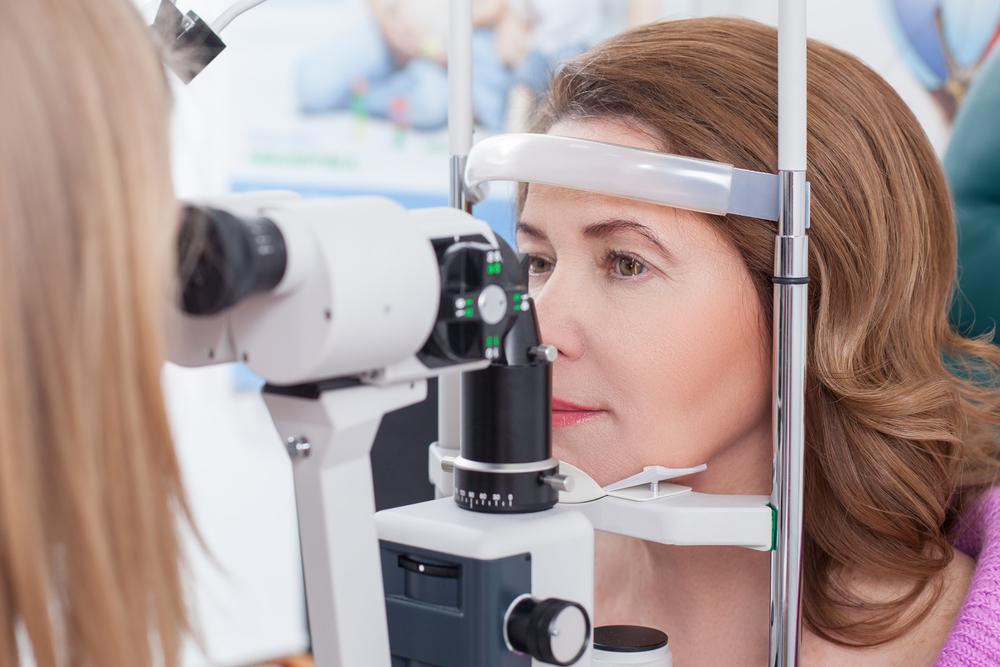Comprehensive Guide to Retinal Diseases and Their Effects on Vision Health
This comprehensive article explores common retinal conditions, their symptoms, causes, and treatment options. It emphasizes early detection and proactive eye care to prevent vision loss. Covering diseases like diabetic retinopathy, macular degeneration, and retinal detachment, the article aims to inform readers on maintaining retinal health through lifestyle choices and regular eye examinations. Advances in medical technology have improved outcomes, making awareness and timely intervention crucial for preserving vision and quality of life.

Comprehensive Guide to Retinal Diseases and Their Effects on Vision Health
The retina is a vital, delicate layer of tissue situated at the back of the eye, serving as a critical component of the visual system. As part of the central nervous system, the retina plays a pivotal role in translating light into visual signals that the brain interprets. It is remarkable for being the only part of the human body that can be examined directly from the outside. Comprised of approximately 125 million specialized light-sensitive cells called cones and rods, the retina detects light and color, facilitating detailed and color-rich vision. These cells are distributed unevenly across the retina, with cones concentrated in the central region, particularly in the macula, enabling sharp, detailed images, while rods dominate the peripheral retina and are responsible for vision in dim lighting conditions.
The health of the retina is an important marker of overall health, given its rich blood supply and metabolic activity. Changes or damage within the retina often signify systemic conditions such as cardiovascular disease, diabetes, and other health disorders. The central area of focus, including the macula and fovea, is crucial for maintaining sharp central vision necessary for activities like reading, recognizing faces, and driving. As we age or due to various health issues, the retina may develop irregularities, leading to symptoms like floating spots, blurred vision, loss of visual fields, or distortion of lines making them appear wavy. Early recognition of these signs is essential because, without prompt treatment, retinal diseases can result in irreversible vision loss, some of which may be sudden and catastrophic.
Retinal diseases encompass a wide spectrum of conditions, each with distinct causes, symptoms, and treatment options. Common issues include diabetic retinopathy, retinal tears and detachments, epiretinal membranes, macular holes, age-related macular degeneration (AMD), and retinitis pigmentosa. Retinal tears typically occur when the vitreous gel inside the eye contracts and pulls on the retina, creating a tear in the tissue. If left untreated, fluid can seep through the tear and lead to retinal detachment, which can cause sudden and severe vision loss. Diabetic retinopathy results from damage to the blood vessels in the retina due to prolonged high blood sugar levels, causing leakage, bleeding, and swelling that impair vision. Conditions such as epiretinal membranes and macular holes involve abnormal growth or contraction of tissues on or within the retinal layers, leading to visual distortion or blurriness.
Degenerative diseases like age-related macular degeneration (AMD) and retinitis pigmentosa progressively destroy retinal tissue and are major causes of blindness worldwide. AMD primarily affects the macula, leading to the loss of central vision crucial for detailed tasks. Retinitis pigmentosa involves the progressive degeneration of the photoreceptor cells, often resulting in tunnel vision and night blindness. These diseases underscore the importance of early diagnosis and intervention, as treatment options are more effective when the disease is caught early. Advances in medical technology, including laser therapy, intravitreal injections, and surgical procedures, have improved the prognosis for many patients. Regular eye examinations are vital, especially for those at higher risk due to age, diabetes, or family history of retinal diseases.
Understanding retinal health, recognizing early symptoms, and seeking prompt medical attention can preserve vision and improve quality of life. Eye care professionals can perform comprehensive assessments, including optical coherence tomography (OCT) and fluorescein angiography, to diagnose retinal conditions accurately. Lifestyle modifications, managing underlying health issues like diabetes, and regular comprehensive eye exams significantly reduce the risk of developing severe retinal diseases. Maintaining a vision-friendly lifestyle—such as protecting eyes from UV light, avoiding smoking, and controlling blood sugar levels—are proactive steps in preserving retinal health. Emerging treatments continue to evolve, offering hope for many patients suffering from retinal diseases, which underscores the importance of ongoing research and innovation in ophthalmology.





